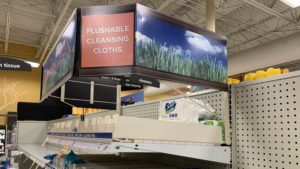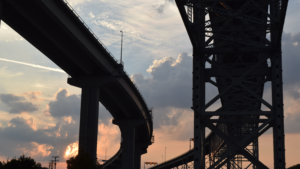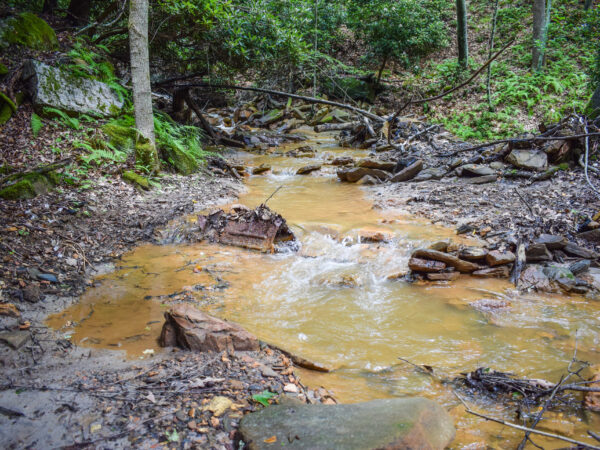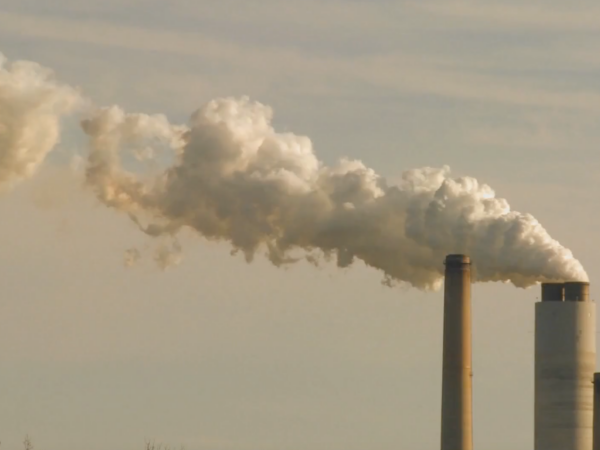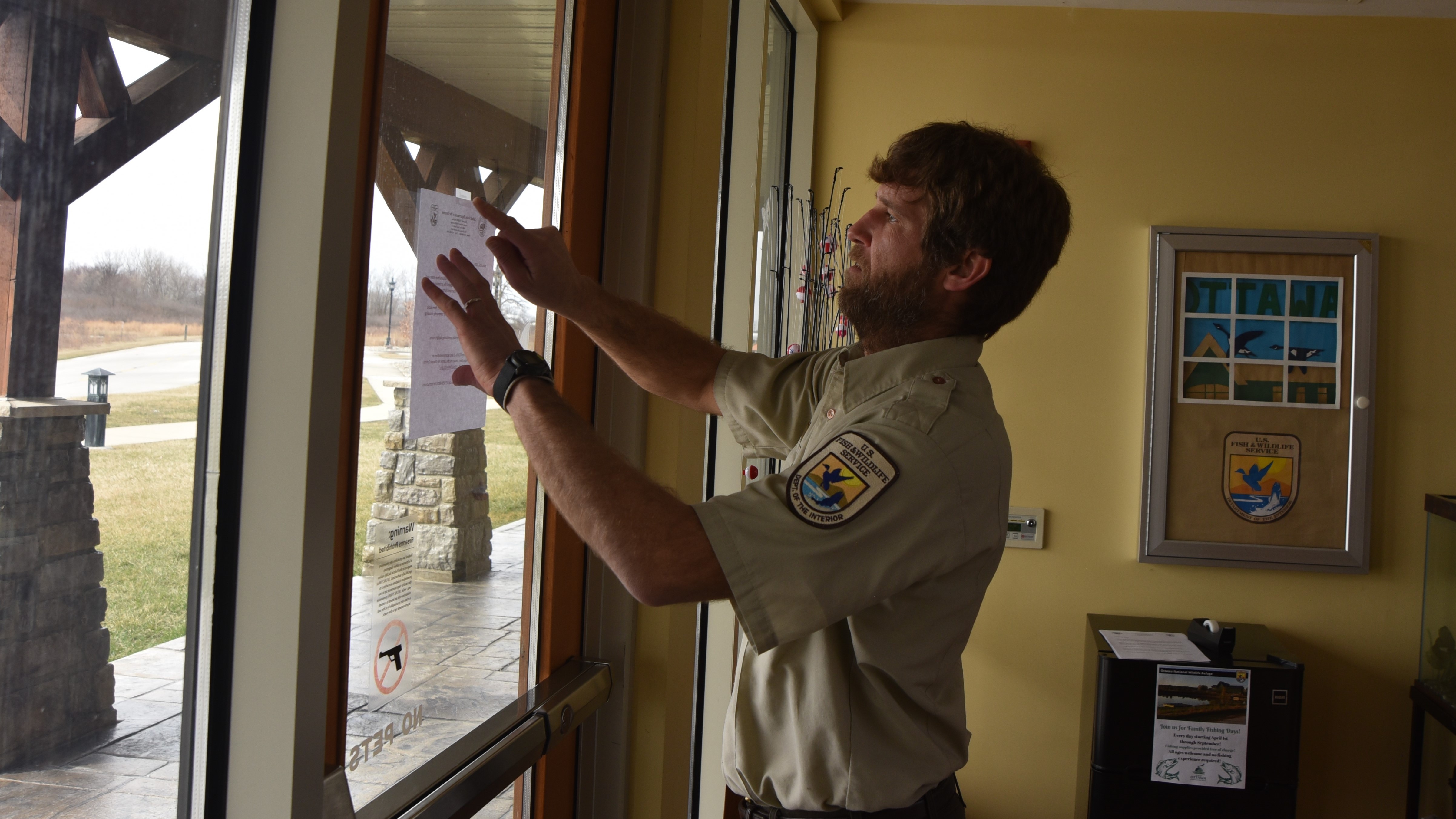
Editor’s Note: This story was updated on March 27, 2020, to add the cancellation of The Biggest Week in American Birding.
As the coronavirus, COVID-19, spreads like wildfire around the U.S. and the globe, officials at Great Lakes tourism destinations are crossing their fingers and hoping they don’t get burned.
Jon Jarosh, director of communications at Destination Door County, described Wisconsin’s “thumb” as a mostly seasonal destination.
“We’re on a peninsula sticking out into Lake Michigan and we do have a lot of water, it’s part of who we are,” he said. “Our seasonal businesses would be set to open up in early to mid-May. That’s where we’re at right now.”
Jarosh said that Wisconsin hasn’t been as restrictive as Ohio, which has closed all bars and restaurants for on-site dining and drinking as well as sporting events, water parks, theaters and other venues.
“But things are changing so very rapidly it’s hard to tell what tomorrow’s going to bring,” Jarosh said. “The governor has come out and said no more than 50 people in any one place, but to my knowledge I haven’t heard any other things.”
Jarosh said some year-round businesses that were open have already decided to close on their own for now.
He said if things intensify and stretch into summer, it would definitely affect Door County.
“There would certainly be some consequences. It’s evolving so quickly at this time we just don’t know what may be happening in a month or two months, much less five or six months,” he said. “We do have a number of state parks and natural areas and we’re certainly known for our outdoor recreation and landscapes. To my knowledge right now, all our outdoor spaces are still open. With the bulk of our businesses not being open yet, it all remains to be seen what recommendations health officials will make this week or next week.”
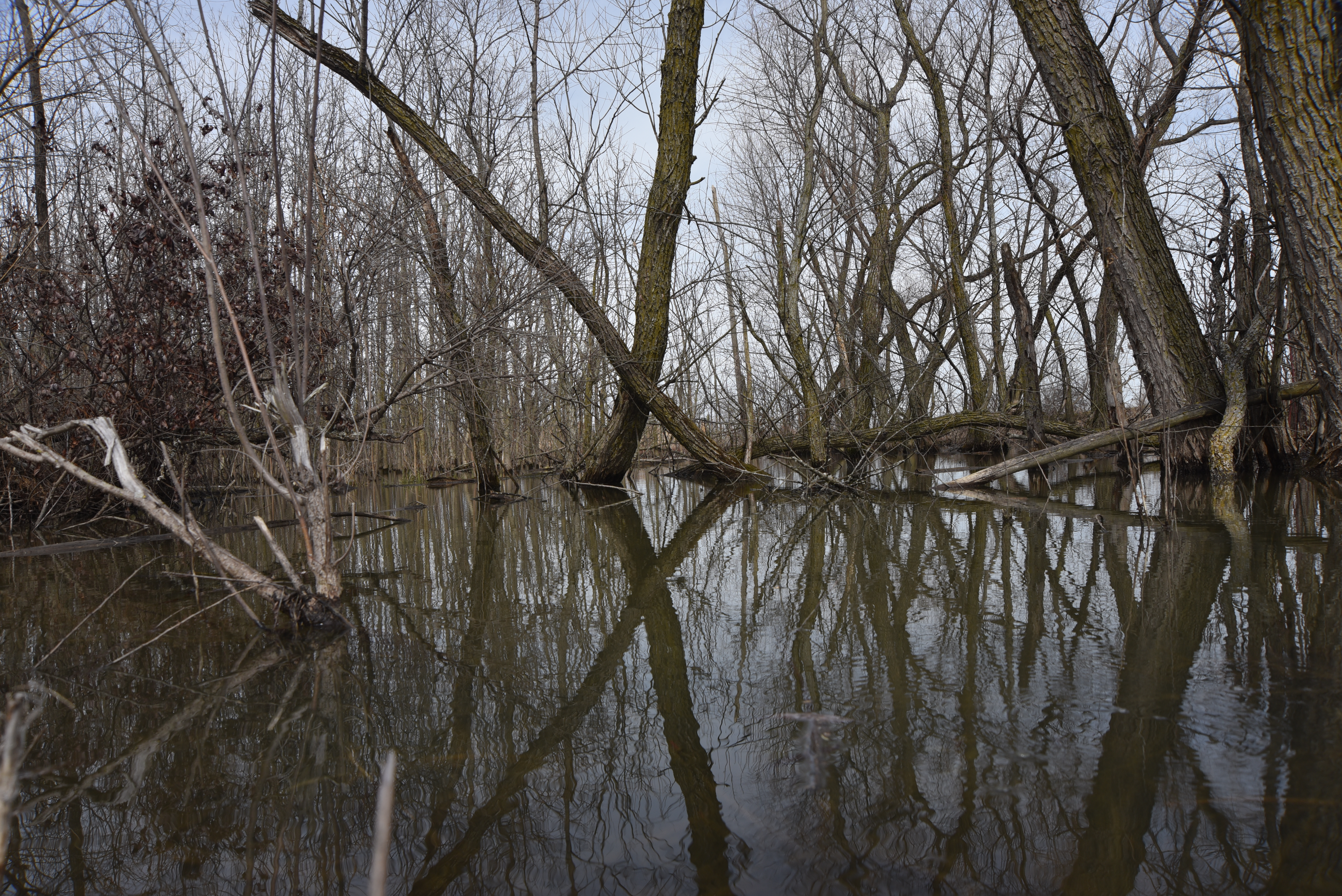
Like most wide-open, outdoor areas in Ohio, trails and viewing sites at ONWR remain open, Photo by James Proffitt
Niagara Falls open with free parking
As of Tuesday, Niagara Falls was still open but the official visitors center, just outside Niagara Falls State Park, was just declared closed for two weeks, according to Andrea Czopp, vice president of Niagara Tourism and Convention.
She said the on-site visitors center in the park itself was currently open as of late Tuesday afternoon.
“Niagara Falls State Park is still open as of today and will remain open. It’s a state park and there really is no way to block it off to people for seeing the waterfalls. We don’t really know yet whether the attractions in the park will remain open,” she said. “The Cave of the Winds is still open as of right now. That’s an elevator ride down to the base of the falls.”
Czopp described the park as an open space with no gates or turnstiles.
“Parking is currently free. The governor has waived all parking fees to encourage people to be outside, get some fresh air. You’re not really around a lot of people because it’s not crazy busy right now,” she said.
Western Lake Erie Islands tourism could suffer big
In Ohio, Governor Mike DeWine was one of the nation’s first to shut down all bars and restaurants as of Sunday and urged that groups of no more than 10 people be in one area at a time. The declaration allows for carry-out and delivery only.
Bryan Edwards, director of marketing for Lake Erie Shores and Islands, said their two visitors welcome centers closed to the public beginning Monday. Edwards’ office is the official tourism agency for Erie and Ottawa counties, home to Put-in-Bay, Cedar Point and dozens of local, state and national parks and wildlife areas.
“We’re still answering phones and emails and helping out however we can,” he said. “But right now it’s really too early to speculate.”
While President Donald Trump told Americans during a televised press conference Monday the pandemic could drag on well into summer, Edwards said he believes it’s too early to tell.
“It could be they lift some of the restrictions. Right now, it’s really impossible to say what could happen,” he said. “Obviously we’re a tourism destination, however we do have a large manufacturing base. It’s changing by the hour, each day, each moment. They just closed movie theaters and indoor water parks. It’s so hard to predict.”
Edwards said his offices are trying to help businesses that are open but that in the end the situation is a personal one.
“I think right now everyone’s kind of focused on the immediate need of ‘What do I need to do for myself and my family?’ as it should be, not on tourism.”
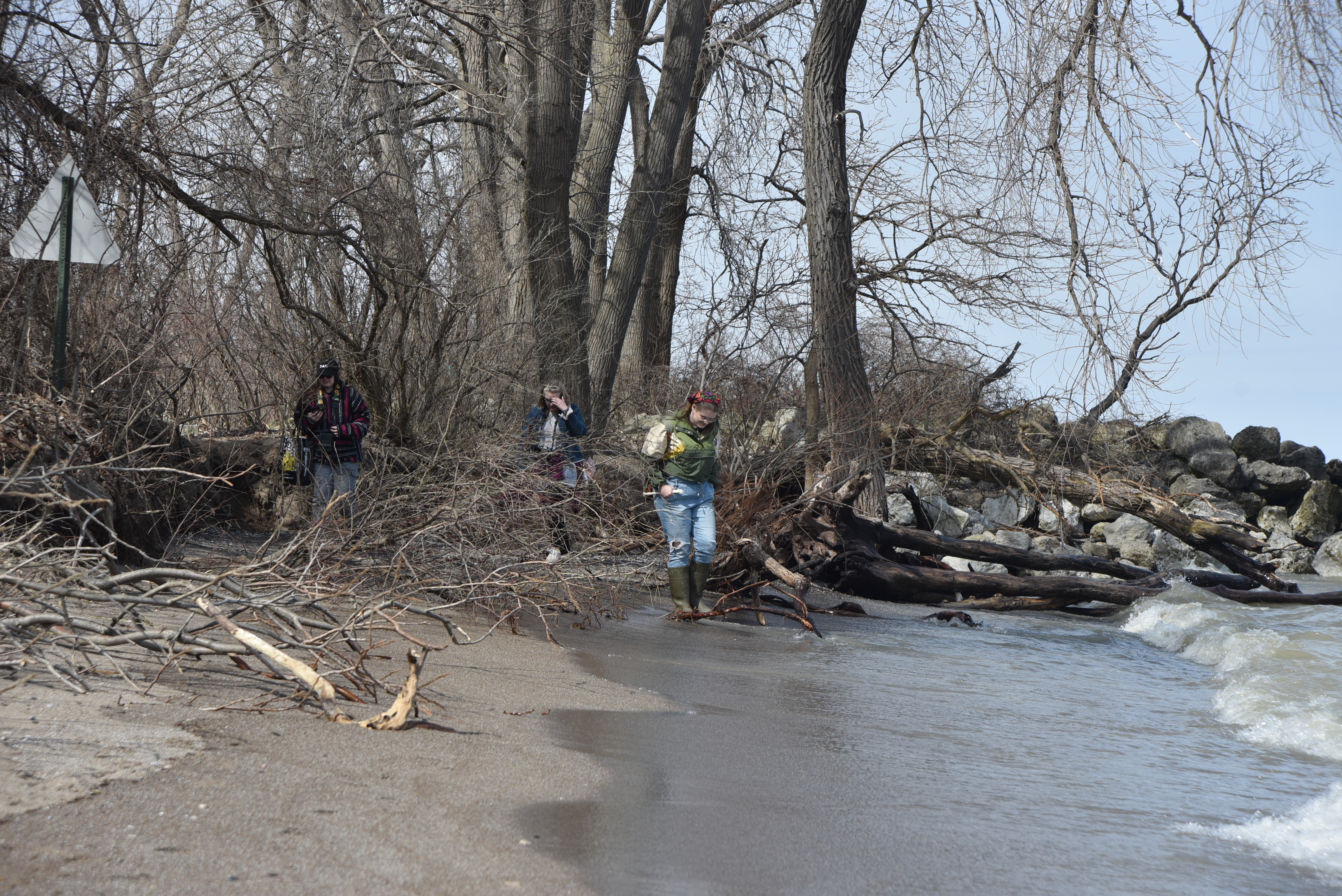
A trio of out-of-state visitors enjoys the beach at the ODNR’s Magee Marsh Wildlife Area March 16, 2020, Photo by James Proffitt
Michigan, Ohio DNRs move to isolate staff, cancel events
Ohio Department of Natural Resources Director Mary Mertz has moved to restrict staff from travel and public contact.
As a result, Ohio Sea Grant’s 2020 Charter Captain’s Conference, slated to host nearly 200 captains, ODNR staff and vendors on March 14 at Bowling Green State University’s Firelands campus, was canceled.
The 2020 Outdoor Writers of Ohio Conference, to be held at Shawnee State Park in southern Ohio in late April, also was canceled. Many of the state’s outdoor festivals and sites are closed indefinitely as well.
Last week, the Michigan DNR announced closures of high-traffic facilities in an effort to help prevent spread of COVID-19. Sites include the Outdoor Adventure Center, Michigan History Center, Archives of Michigan, Michigan Iron Industry Museum, MDNR visitors centers, and the Oden and Wolf Lake fish hatcheries.
Biggest Week in American Birding canceled
Ryan Jacob, ornithologist with Black Swamp Bird Observatory, said there has been discussion about the 2020 event, scheduled for May 8 through 17. The Biggest Week in American Birding brings more than 90,000 visitors to the northwest Ohio region during May and features tours, seminars and events at dozens of sites. Thousands of those visitors travel from around the world to spy on migrating warblers and other birds.
On March 25, the decision to cancel the event was made.
But even if Black Swamp Bird Observatory had intended to hold the event, closures of buildings and hotels in the area would have made it impossible. The ODNR’s Magee Marsh Wildlife Area, whose mile-long boardwalk is ground zero for warbler watchers, was recently closed too.
Jason Lewis, who oversees the Ottawa National Wildlife Refuge said his 10,000 acres are open for business—just not the visitors center, which closed Monday at noon.
“One of the things we struggle with is making sure we’re consistent with other land management agencies to prevent the spread of the virus. That’s why we made the decision to close the center until further notice,” he said.
Despite the fact that refuge volunteers will not be working, ONWR is still available to the public.
“If people get cabin fever as this stretches days into weeks, we still want people to come out and visit the refuge. Staff will still be working, law enforcement and maintenance will be out maintaining trails, roads and dikes, so there will be a presence.”
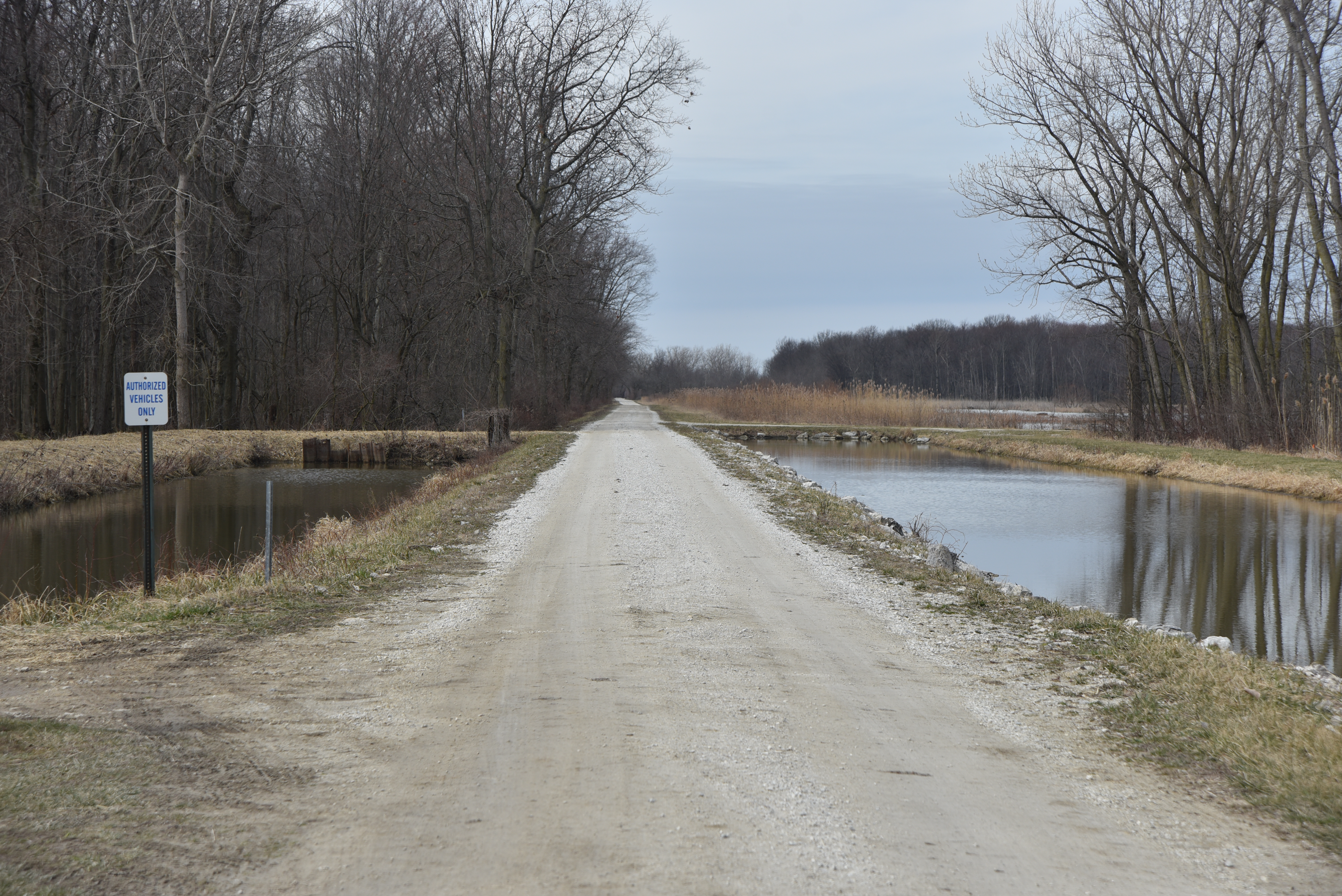
ONWR and its auto self-tour will still be open as scheduled, Photo by James Proffitt
And at present, bathrooms will be open, he said.
“We still need people to take preventative cautions, but I would say this is a great time to come out, especially families with kids home from school, to come out and get outside. And also, our eight-mile auto tour will still be open.”
Similarly, Toledo Metroparks’ 16 sites covering 12,000-plus acres are open to the public, though their visitors centers and facilities are closed indefinitely. Bathrooms remain open. The parks host 5.5 million visitors annually, including much of the Biggest Week in American Birding crowd.
“We have canceled all public programs and closed all our indoor facilities,” said Scott Carpenter, spokesman for Toledo Metroparks. “We’ll re-evaluate at the end of the month. I’ve been following what we’ve seen from the government and health officials, and from what I’ve seen, being outdoors isn’t a bad place to be. I think it gives people plenty of elbow room and the ability to stay away from crowds. We want to keep the parks open as long as possible.”
Like ONWR and most agencies and sites, Metroparks’ conservation, research and construction projects will continue as scheduled.
Great spring walleye fishing, but nowhere to dine-in
“Get some fresh air and stay away from other people on Lake Erie,” advised Paul Pacholski, president of the Lake Erie Charter Boat Association. “What I’ve heard from customers is that they’re taking two cars instead of one and just sticking to family.”
The vast majority of charter boats cater to groups of 6 anglers or less, he pointed out.
While the Lake Erie walleye population continues to set records and the spring bite is heating up quickly especially in the Western Basin, there is one problem.
“(Visitors) are worried about what they’re going to eat and then what are they going to do when they get here,” Pacholski said. “I tell people they’re going to have to bring stuff like they’re camping. Lots of cold cuts. It’s going to be a hardship.”
Pacholski said he doesn’t believe most people are aware of the restaurant and bar restrictions that were just enacted in Ohio.
Featured Image: Justin Woldt, visitors service manager at ONWR, hangs a sign on Monday March 16, 2020, Photo by James Proffitt


